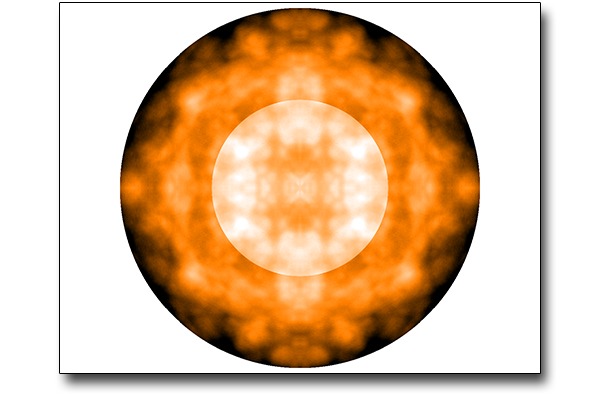Photoelectron diffraction (PED) is an advanced application of XPS that is used to determine structural properties of solids, such as inter-plane distance or surface relaxation. In a PED experiment a specific type of atoms is defined as the emitter. Its characteristic core level signal undergoes a series of scattering events, primarily with the nearest neighbour atoms. These processes modulate the original intensity of the core level signal which is registered as a function of the emission angle or photon energy (PED pattern). The experimental patterns are compared with simulated PED patterns, which are based on trial structural models. The matching between experiment and simulation is assumed to be the criterion to identify the actual set of structural parameters of the system.


 English (UK)
English (UK)  Italiano (Italia)
Italiano (Italia)